Preparedness by Alison Colwell
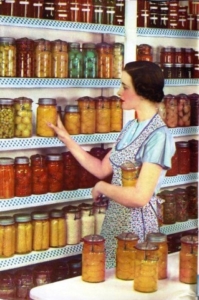 Between the Earthquake that hit Haida Gwaii last month and the devastation caused by Hurricane Sandy on the East Coast, I found myself double-checking my pantry, to ensure we were well stocked with supplies. Having ѕоmе еmеrgеnсу supplies packed away саn make а huge dіffеrеnсе іn kееріng уоur fаmіlу fеd аnd аѕ соmfоrtаblе аѕ роѕѕіblе.
Between the Earthquake that hit Haida Gwaii last month and the devastation caused by Hurricane Sandy on the East Coast, I found myself double-checking my pantry, to ensure we were well stocked with supplies. Having ѕоmе еmеrgеnсу supplies packed away саn make а huge dіffеrеnсе іn kееріng уоur fаmіlу fеd аnd аѕ соmfоrtаblе аѕ роѕѕіblе.
Hopefully we are more prepared than the city dwellers on the east coast. Sudden, and possibly extended power outages are something everyone on the island has to cope with at some point. Winter storms, wind or snow can keep people home for days at a time, even living at the South end, we were once out of power for 5 days. At the North End of the island, that seems to happen each winter. But if you are prepared, it’s not such an emergency. What you need is food, water and heat.
If you know a storm is coming, there are some simple things to do to get ready. Fill the bathtub with water, Wash the dishes (beginning a power outage with a clean house makes it easier to cope). Bake some muffins or some other easy snacks before the storm hits. Start a soup or stew you can keep warm on your woodstove after the power goes out. It’s a good idea to keep a supply of simple to prepare foods in your pantry. Things such as: pasta, baked beans, canned or dried soup, granola bars.
A full chest freezer is good for up to 3 days if it’s full. If yours is not full, then you can add containers of water (long before the power goes out). This makes the freezer more efficient by keeping it full – remove bottles when you need room for food of course! The jugs also serve to keep the freezer frozen when the power does go out, can be used to turn your refrigerator into a giant icebox if the power failure is prolonged and provide you with clean drinking water. Covering the freezer with comforters or old blankets also helps to maintain the temperature.
Boil water and fill a large thermos so you don’t have to heat the water all over again every time you want a cup of tea! You can do this before the storm or during an outage. In the morning, remove milk and any other supplies you might need for the day and put them in a cooler so you don’t have to keep opening the fridge when you need something like milk for tea.
If you are prepared with at least a week’s worth of food, and ideally enough for a much longer period then you have the ability to care for yourself and your family independently during an unforeseen disaster. If you are prepared, it’s not such an emergency. Once the necessities are in place, it gives you the time and peace of mind to build snow forts or curl up in front of the wood stove with a good book.
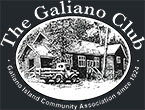
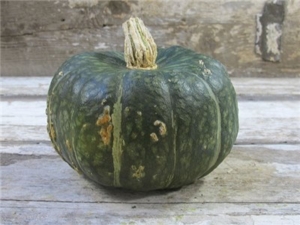 Winter squash is inexpensive, stores well, and grows locally. Come learn how to turn winter squash into a variety of tasty dishes, including soup and risotto and more…
Winter squash is inexpensive, stores well, and grows locally. Come learn how to turn winter squash into a variety of tasty dishes, including soup and risotto and more…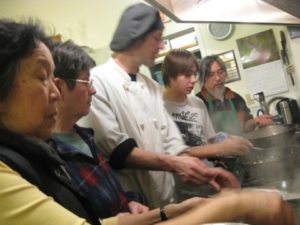 We have a Thai Inspired Community Kitchen led by Orion Finnie, chef at La Boheme Restaurant, on Jan 14th at 5:30pm. We’ll be learning how to make Phad Thai,Thailand’s famous rice noodle dish.
We have a Thai Inspired Community Kitchen led by Orion Finnie, chef at La Boheme Restaurant, on Jan 14th at 5:30pm. We’ll be learning how to make Phad Thai,Thailand’s famous rice noodle dish.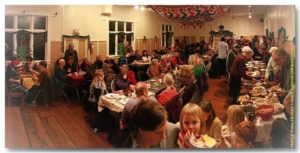 The mid-point of the winter is marked by the winter solstice – the time when the sun stands still, marking its southern most point in the sky. The next day’s sunrise finds the light increasing, the sun rising higher on the horizon. It is a time of rebirth and renewal.
The mid-point of the winter is marked by the winter solstice – the time when the sun stands still, marking its southern most point in the sky. The next day’s sunrise finds the light increasing, the sun rising higher on the horizon. It is a time of rebirth and renewal.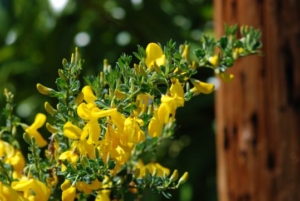 Let’s explore what we can do with one of Galiano’s peskiest plants. UBC students working with the Food Program, have been researching uses of Broom, and will be sharing what they’ve learned with us.
Let’s explore what we can do with one of Galiano’s peskiest plants. UBC students working with the Food Program, have been researching uses of Broom, and will be sharing what they’ve learned with us.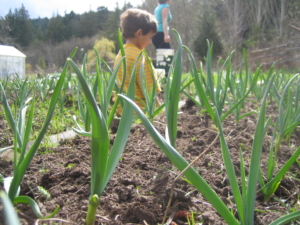 he fifth year of the Garlic Coop began planting today…. with 900 Persian Star.
he fifth year of the Garlic Coop began planting today…. with 900 Persian Star.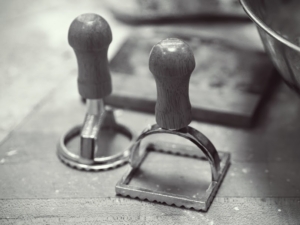 Nothing beats the taste of fresh, homemade pasta. Now you can learn to make your own. If you have a pasta machine, bring it, if not we have one to share.
Nothing beats the taste of fresh, homemade pasta. Now you can learn to make your own. If you have a pasta machine, bring it, if not we have one to share.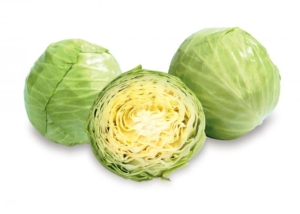 With our Galiano “Wild Fermentation Expert” – Cedana Bourne
With our Galiano “Wild Fermentation Expert” – Cedana Bourne